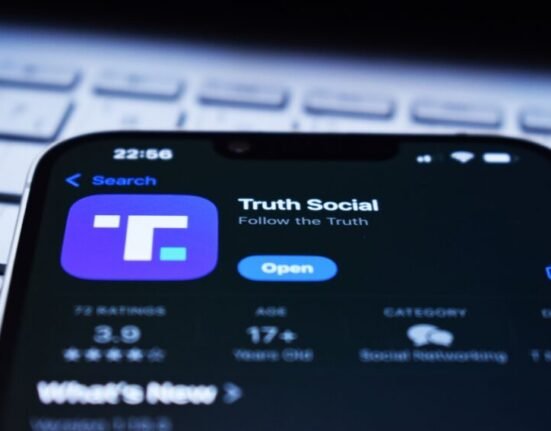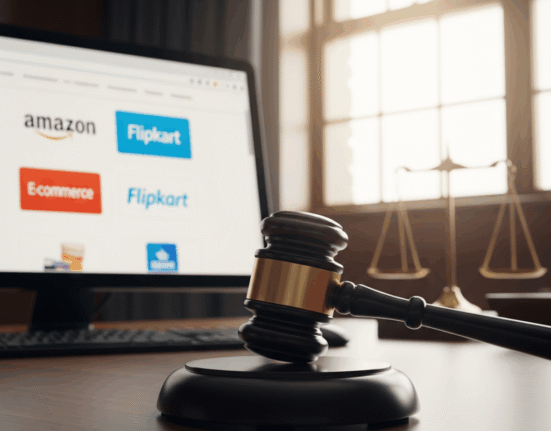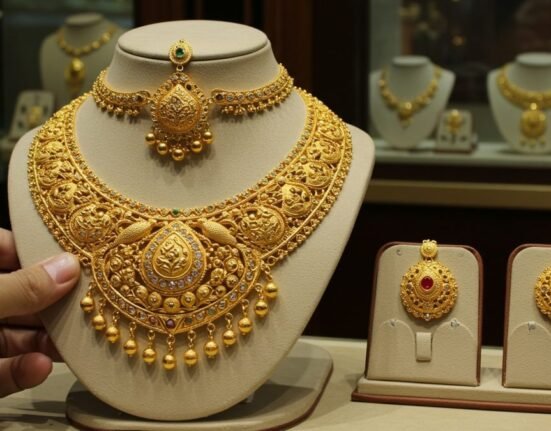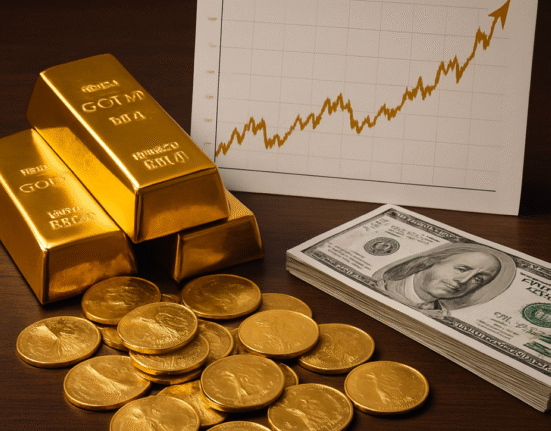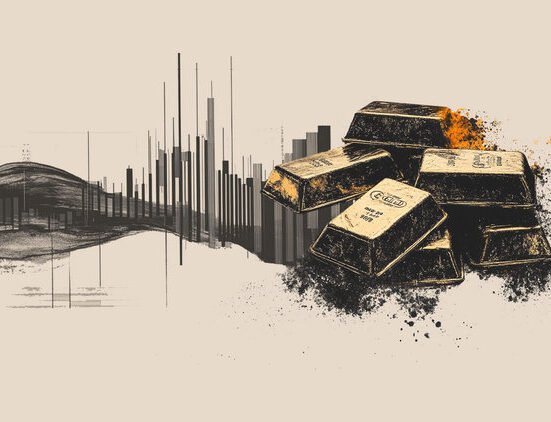The annual shortfall between the global supply and demand for platinum of about 800,000 to 1 million ounces has been offset from above-ground stockpiles, but that’s dwindling, and the supply-demand imbalance is likely to persist. REUTERS/Michael Dalder/File PhotoMichael Dalder/Reuters
Gold, silver and bitcoin have been gaining attention as their prices climb higher, but platinum – a low-profile, white metal – has outshone all of them so far this year.
The spot price for platinum has surged 54 per cent to about US$1,372 an ounce. Gold has gained 28 per cent, silver has risen 35 per cent, and bitcoin – often seen as digital gold – is up 30 per cent.
Although platinum is not on most investors’ radar, there are compelling reasons to have some exposure to this rare metal despite its high volatility, some investment experts say.
“I am bullish on platinum and expect its price to go significantly higher” because of a supply deficit, says Shree Kargutkar, senior portfolio manager at Sprott Asset Management in Toronto.
Unlike gold, which is a store of money, platinum gets its value from automotive demand, such as its use in catalytic converters to reduce harmful emissions, industrial demand and jewellery.
Mr. Kargutkar, who co-manages Sprott Gold Equity Fund, can’t disclose its securities beyond the top 10 holdings, but is playing his platinum outlook by holding Aberdeen Physical Platinum Shares ETF PPLT-A in funds he runs for institutional investors
(Although his firm runs Sprott Physical Platinum and Palladium Trust SPPP-T, a closed-end fund holding platinum and palladium bullion, he cannot hold it in the fund for compliance reasons.)
The annual global platinum supply from mining and recycling has been steady at about 7- to 7.2-million ounces, but the demand is roughly around 8 million ounces, he says.
Although the annual shortfall of about 800,000 to 1 million ounces has been offset from above-ground stockpiles, that’s dwindling, and that supply-demand imbalance is likely to persist, he adds.
That’s because 75 per cent of the world’s platinum comes from South Africa, where mine production faces challenges from power outages and labour disruptions, and a new mine can often take more than a decade to build, he notes.
The price of platinum, which has rallied from a low of US$591 an ounce in March, 2020, during the COVID-19 pandemic, should keep climbing higher as “the world comes to grips with the fact there’s just not enough supply of the metal,” Mr. Kargutkar says.
That does not even get into the bull thesis that focuses on rising investment and jewellery demand for the metal, which can also have a material impact on the supply dynamics, he adds.
Yvonne Blaszczyk, president and chief executive officer of BMG Group Inc. in Markham, Ont., is also upbeat on platinum – not only because of the supply deficit, but also because of the potential impact from geopolitical events.
Platinum could hit US$2,000 an ounce next year, and get closer to tracking gold’s price, suggests Ms. Blaszczyk, whose firm runs precious metals mutual funds.
BMG Group’s BMGBullion Fund is the only Canadian mutual fund investing in gold, silver and platinum bullion equally.
Platinum, which reached a record high of around US$2,250 an ounce in March, 2008, has historically been more expensive than gold. However, the two metals decoupled about a decade ago. Now, gold, which trades at around US$3,364 an ounce, is more than double platinum’s price.
Platinum, which has been recovering from its low in 2020, could be a buying opportunity given that it has traded on par with gold historically, Ms. Blaszczyk adds.
The price of platinum has fallen, in part, because of new autocatalyst technology, which reduces the amount of the metal needed in catalytic converters, while demand from China has weakened because it’s getting platinum more cheaply from Russia, she says.
Although the rise of electric vehicles (EVs) may have contributed to slowing platinum demand, there are also government policies that support hydrogen fuel cell EVs, which use that metal, she notes.
People often think of platinum’s use in jewellery, but there’s growing demand for industrial applications that include its role in digital data storage, medical devices, gasoline and jet fuel production, and the manufacture of nitric acid needed to produce fertilizers, she says.
Platinum is also used in military equipment, including bombs and explosives, and can play a crucial role if geopolitical tensions rise and trigger more military conflicts, she says. “During World War I and World War II, the U.S banned the non-military use of platinum.”
U.S. President Donald Trump’s global trade tariffs could also be “extremely significant for platinum” because they serve to highlight how critical the metal is, she says.
Although South Africa was hit with 30-per-cent U.S. reciprocal tariffs on April 2, and that date has now been postponed to Aug. 1, platinum was exempted from the U.S. levies, she notes.
On July 7, President Trump vowed to impose an additional 10-per-cent tariff on countries aligning with the “anti-American policies” of the BRICs group of developing nations, which includes South Africa.
It’s unclear whether platinum would retain an exemption under the additional levy. Still, the U.S. tariff strategy is a “turning point” that could have a positive impact on platinum’s price, she adds.
Tiffany Zhang, director of ETFs and financial products research at National Bank Financial in Toronto, says she will recommend a platinum ETF if clients have a view that the metal is undervalued versus gold, or expect its price to keep rising because of increased demand for its different applications.
The only two platinum ETFs listed in North America are Aberdeen Physical Platinum Shares ETF and GraniteShares Platinum Trust PLTM-A. The main difference between them is the management expense ratio, with GraniteShares Platinum Trust slightly cheaper, at 0.50 per cent, versus 0.60 per cent for Aberdeen Physical Platinum Shares ETF.
She says investors can take a more diversified approach with Aberdeen Physical Precious Metals Basket Shares ETF GLTR-A, which provides exposure to gold, silver, platinum and palladium.
Ms. Zhang says a 5-per-cent weighting in precious metals can be appropriate for an investment portfolio with platinum as part of that mix if an investor is comfortable with the volatility.
There are no platinum miners ETFs, but the U.S. Global GO Gold & Precious Miners ETF GOAU-A holds Valterra Platinum Ltd. ANGPY, which was spun out of Anglo American PLC in June.
Ms. Zhang has not had client inquiries yet about investing in platinum ETFs – as she has had with gold and silver – because its price breakout has been recent.
“I wouldn’t be surprised if investors start asking about platinum ETFs if the price continues to rise,” she says.

